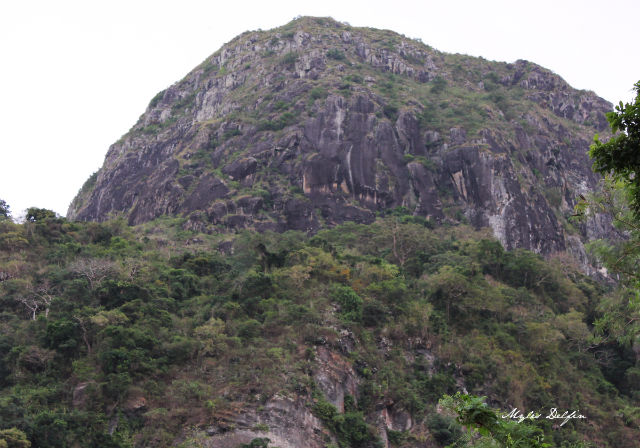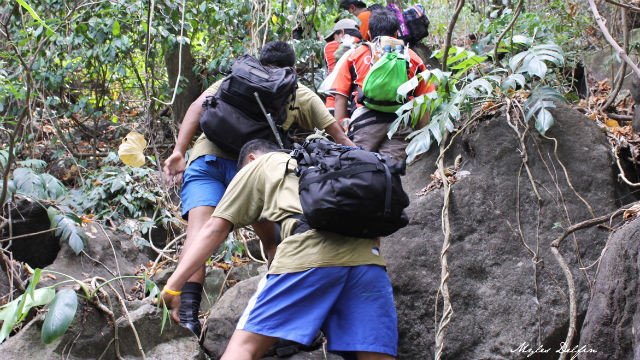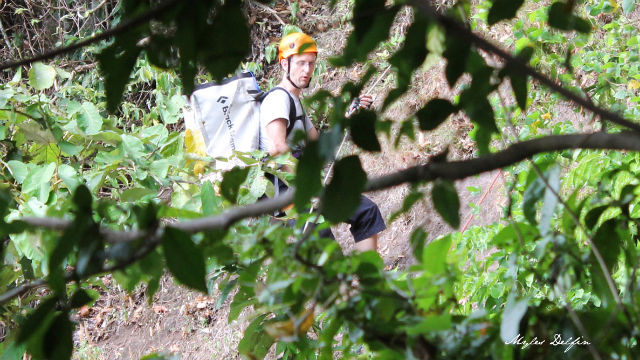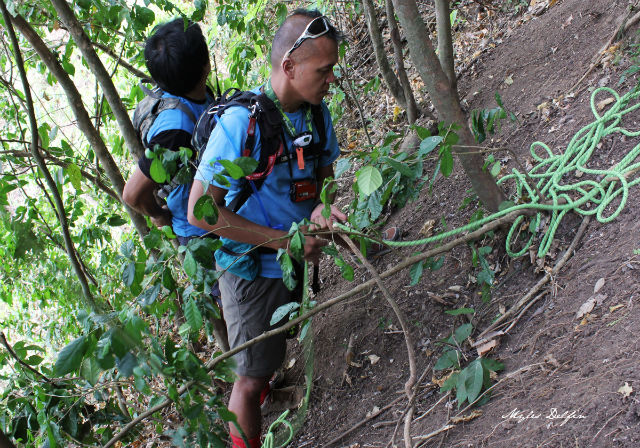SUMMARY
This is AI generated summarization, which may have errors. For context, always refer to the full article.
The death of experienced mountaineer Victor Ayson has left many questioning the prudence of his decision to climb by himself Mt Maculot, and whether authorities could have done more to prevent incidents like this from happening.
Online, the reaction to his death has ranged from deep sympathy from total strangers to over-simplified generalizations about the sport of mountaineering.

As a fellow mountaineer, I am deeply saddened by reactions that readily assign blame or make hasty conjectures about the climber and his last moments. I never met Victor and have not been active in the community for a while, but I don’t need to be a climber to understand that he did not mean to put his life in danger.
Gideon Lasco, a doctor and author of the blog Pinoymountaineer says it would be unfair to judge Victor and others who figure in accidents as being reckless, unprepared, or untrained. “Without surrendering to its inevitability, we have to accept the fact that accidents do happen — even to the best of us. We simply cannot put ourselves in their shoes.”

Moutaineering, hiking, or even just exploring what mother nature has to offer are not just sports. They are a way of life. A sport is something you do to keep fit, stay competitive, and push yourself to the limits. But the passion required in any outdoor activity goes beyond the finish line — way after all the crowds leave and you’re left alone.
Victor died pursuing his passion. And while that may offer some solace to his family and friends, it doesn’t bring him back. His death is a reminder to all of us that, as with any physical sport, there are always risks involved.
“Hikers have to realize that even if mountains are safe 99% of the time, there is still a 1% chance of danger, and it is for that 1% that we have to prepare for,” says Lasco.
Learning how to minimize these risks and respecting the environment you’re in are both critical to any outdoor enthusiast.
Silver lining
There is good that can come from tragedy, as most tragedies go.
The moment Victor was declared missing, locals and kind-hearted volunteers sprang into action to organize a search and rescue (SAR) operation. Victor’s friends and fellow mountaineers went back to Mt Maculot to find him. Other groups, such as the SAR Team of the UP Mountaineers (UPM) and members of the Philippine Air Force (PAF) also volunteered to help.

Read more about the search and retrieval effort here.
According to a member of the UPM-SAR team, they were asked to explore the more technical areas of the mountain where Victor may have explored. Assisting them was another volunteer, Jeanot Boulet, a French captain living in the country with years of experience in rock climbing. Like many other volunteers, Boulet didn’t know Victor, but he offered to help because he knew the mountain well.
The search lasted for two weeks, made difficult by the steep rock faces of Maculot. Meanwhile, support from non-climbers came in the form of energy drinks, food, and cash donations. An effective command center was established early on with the help of the local government and police. “There was good coordination between the different SAR teams,” according to one rescuer who declined to be named.

“Teamwork is absolutely paramount. You need to rely on each other with your lives. Everybody needs to have basic and advanced climbing/mountaineering skills, so that you know the guy next to you knows what he is doing,” said Boulet who has witnessed how SAR teams in the French alps work.
“I was very positively impressed by the work of UPM-SAR. They know what they are doing, have a solid background and they did send experienced people up with us. Working in a team with these kind of people is a real pleasure. Everything went pretty smooth. No arguments. Everybody had one common goal: get Victor down, fast.”

It took 4 hours for Boulet and his team, assisted by other teams, to get Victor’s body down by rappelling off the Rockies, a cliff face fronting Taal Lake. Boulet said this was the preferred route as carrying his body down an unused trail was riskier. Even then, rocks “the size of a fist” hit two members of his team while rappeling.
For all their hard work, these SAR teams never ask for or expect any recognition or compensation. It is enough that they are able to help anyone in danger.
In the mountaineering community, a death of a fellow mountaineer is never in vain. There are always lessons to learn, skills to master, and attitudes to change. While we can’t completely prevent tragedies such as this from happening again, there is some comfort in knowing that, when in danger, there are still kind strangers who care. – Rappler.com
Zak is a partnership manager for Rappler’s Move.PH and a member of the UP Mountaineers.
Add a comment
How does this make you feel?
There are no comments yet. Add your comment to start the conversation.